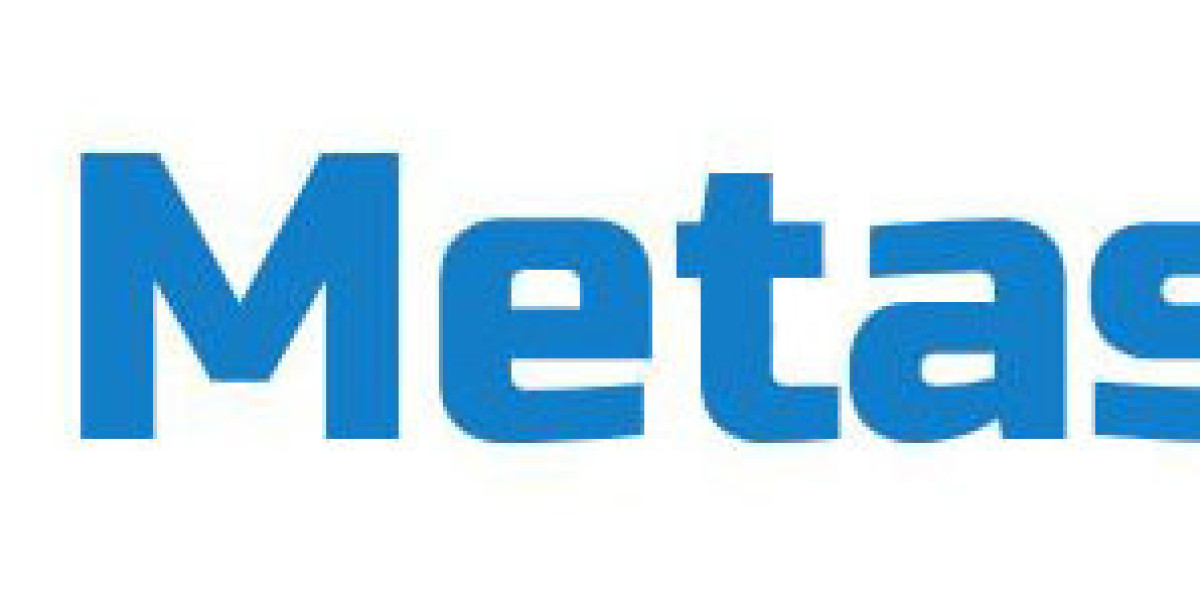As per Market Research Future, the Energy Harvesting System Analysis highlights a rapidly expanding market that converts ambient energy—such as light, heat, and vibration—into usable electrical power, driving innovation across IoT, industrial automation, and sustainable infrastructure. This technology offers a promising alternative to battery-dependent systems by harnessing otherwise wasted energy, enabling devices to operate autonomously with minimal maintenance.
Energy harvesting systems capture heterogeneous forms of ambient energy and convert them into electricity using technologies like piezoelectric transducers, thermoelectric generators, and photovoltaic cells. By tapping into light, heat, or mechanical vibrations, these systems allow small devices to function without the need for frequent battery replacements, reducing maintenance requirements and environmental impact.
One of the key drivers of the energy harvesting market is the proliferation of wireless sensor networks (WSNs) and IoT devices. These systems often rely on small, remote sensors that are difficult to service. Integrating energy harvesting modules allows these sensors to generate their own power from ambient energy sources, reducing dependence on conventional batteries and enabling continuous, autonomous operation.
Technological advancements play a crucial role in enhancing the efficiency and feasibility of energy harvesting systems. Improvements in piezoelectric and thermoelectric materials have increased energy conversion efficiency, while modern power management integrated circuits allow smarter energy storage and regulation. Hybrid systems that combine multiple energy sources—such as solar and vibration—are becoming more viable, providing more consistent and reliable power for devices operating in varied environments.
The applications of energy harvesting systems are diverse. Industrial automation is a prominent segment, where smart factories and predictive maintenance platforms rely on a large network of sensors. Energy harvesting allows these sensors to operate without frequent battery replacement, supporting uninterrupted monitoring and data collection. In smart infrastructure, self-powered sensors in buildings or cities can monitor environmental conditions, occupancy, and energy consumption, reducing dependence on external power sources.
Regionally, the Asia-Pacific market is experiencing rapid adoption, driven by urbanization and investment in smart infrastructure. North America and Europe are also seeing growing deployments through industrial digitization and smart city initiatives. The technology’s ability to provide self-sustaining, low-maintenance power sources makes it attractive for both developed and developing regions, where energy efficiency and sustainability are priorities.
Challenges remain in the widespread adoption of energy harvesting systems. High initial installation costs, variability in ambient energy sources, and limitations in storage and conversion efficiency can hinder deployment. Standardization and regulatory hurdles also pose obstacles, especially when integrating energy harvesting into large-scale industrial and urban networks. Ensuring consistent and reliable energy output in fluctuating environments remains a key technical challenge.
Despite these challenges, the outlook for energy harvesting systems is positive. Advances in materials science, more efficient energy storage, and smarter power management solutions are expected to reduce costs and improve performance. As awareness of sustainable energy solutions grows, energy harvesting systems are likely to expand beyond niche applications, becoming an integral part of IoT devices, industrial automation, and smart infrastructure.
Frequently Asked Questions (FAQs)
1. What is an energy harvesting system?
An energy harvesting system captures ambient energy, such as light, heat, or mechanical vibrations, and converts it into electrical power. It enables devices to operate autonomously, reducing dependence on batteries.
2. Why is energy harvesting important for IoT and smart devices?
Energy harvesting allows IoT devices and sensors in remote or hard-to-reach areas to generate their own power. This reduces maintenance requirements, extends operational life, and supports sustainable, low-maintenance deployments.
3. What are the challenges in deploying energy harvesting systems?
Key challenges include high initial setup costs, inconsistent ambient energy sources, limited energy conversion efficiency, and storage constraints. Integration into large-scale industrial or urban systems may also face regulatory and standardization hurdles.
More Related Reports:
Non Motorized Ring Main Unit Market







